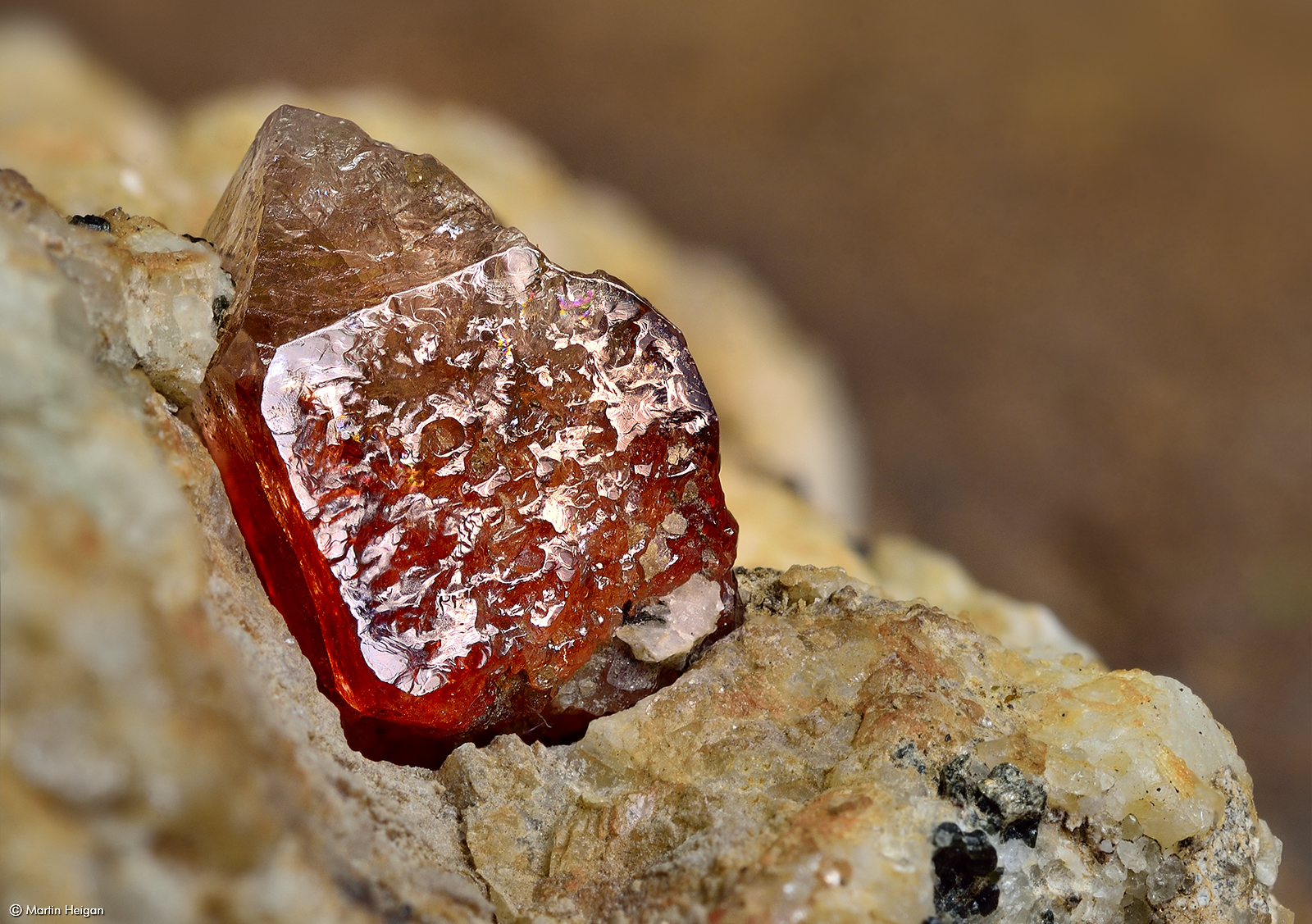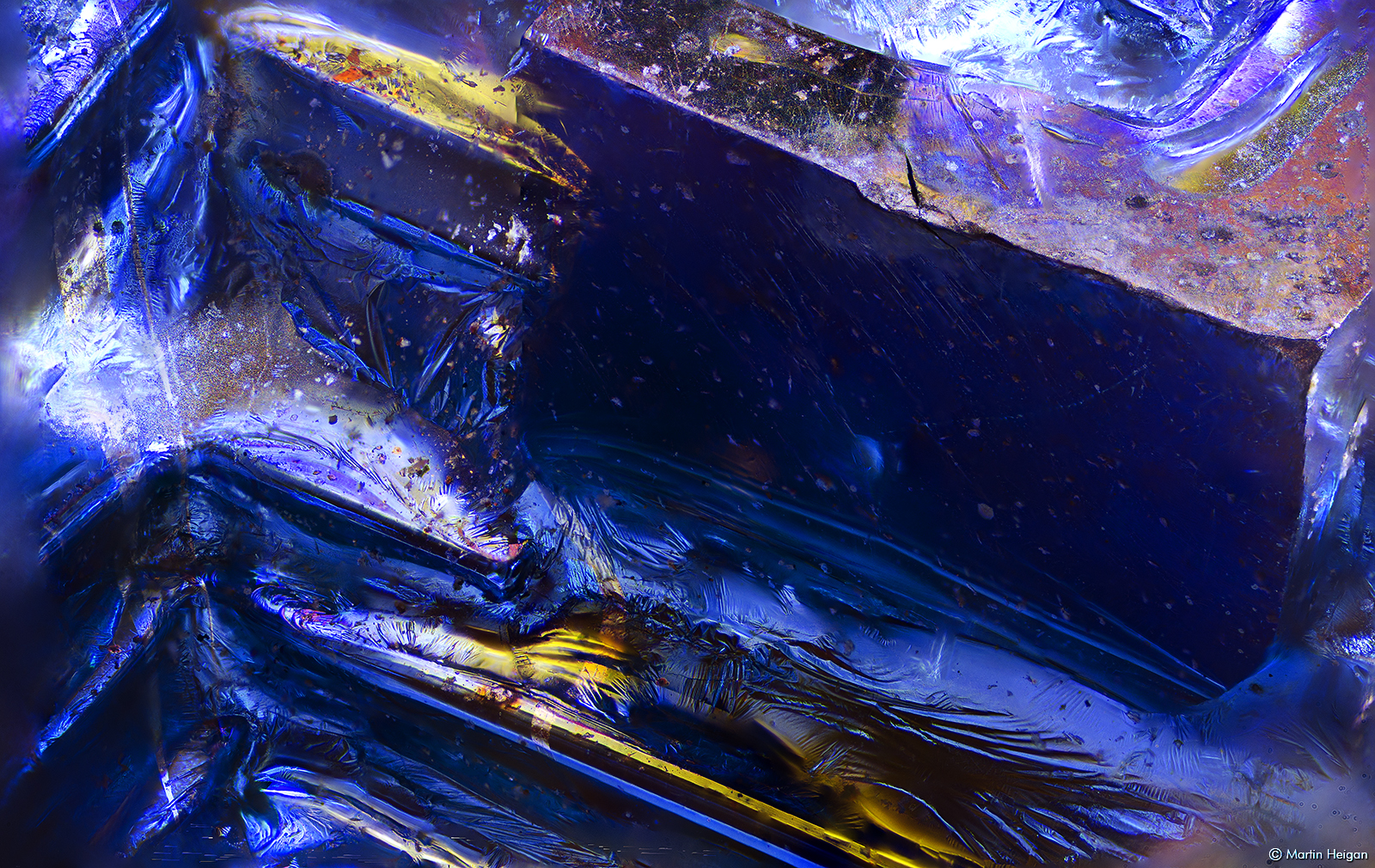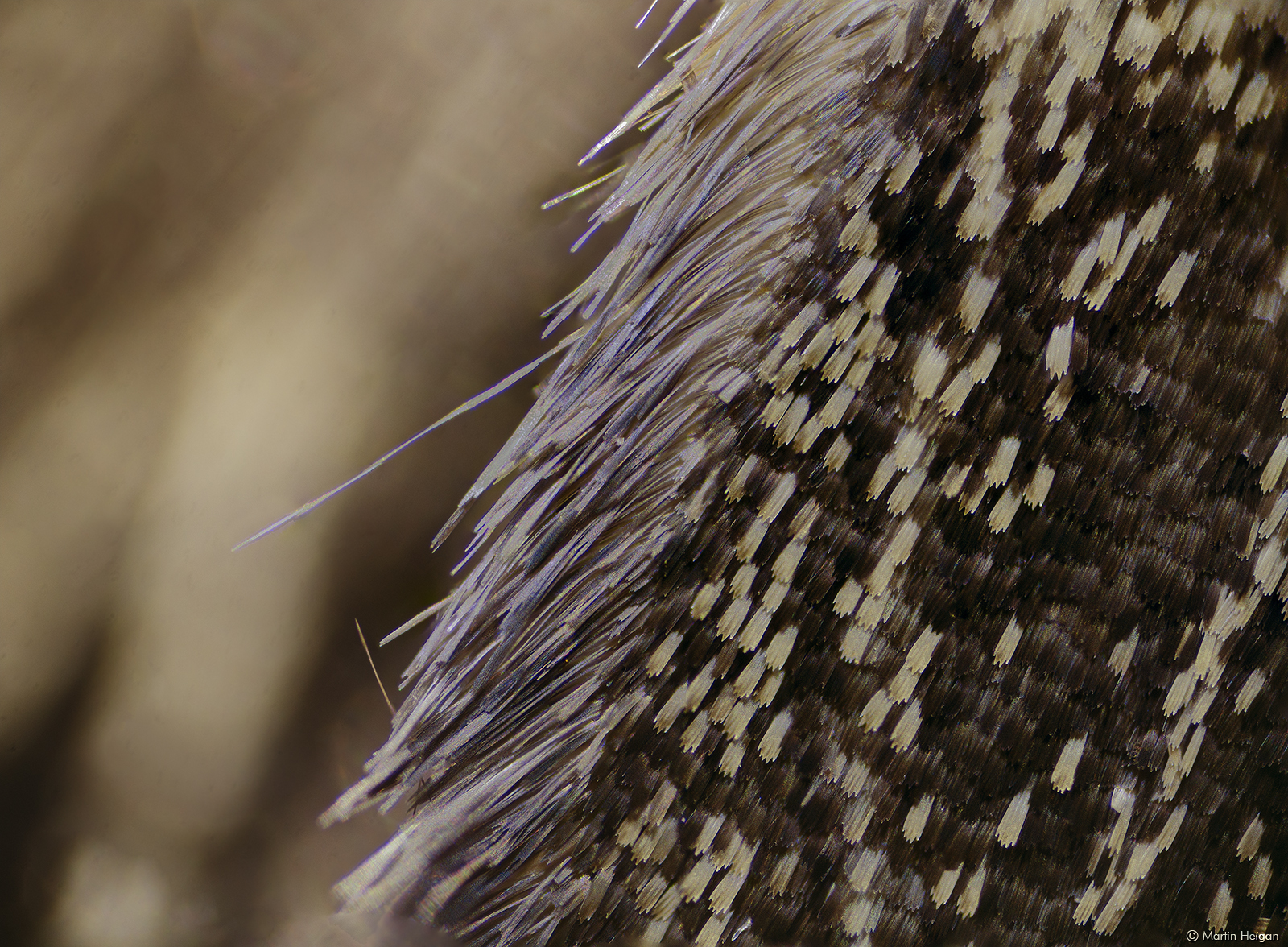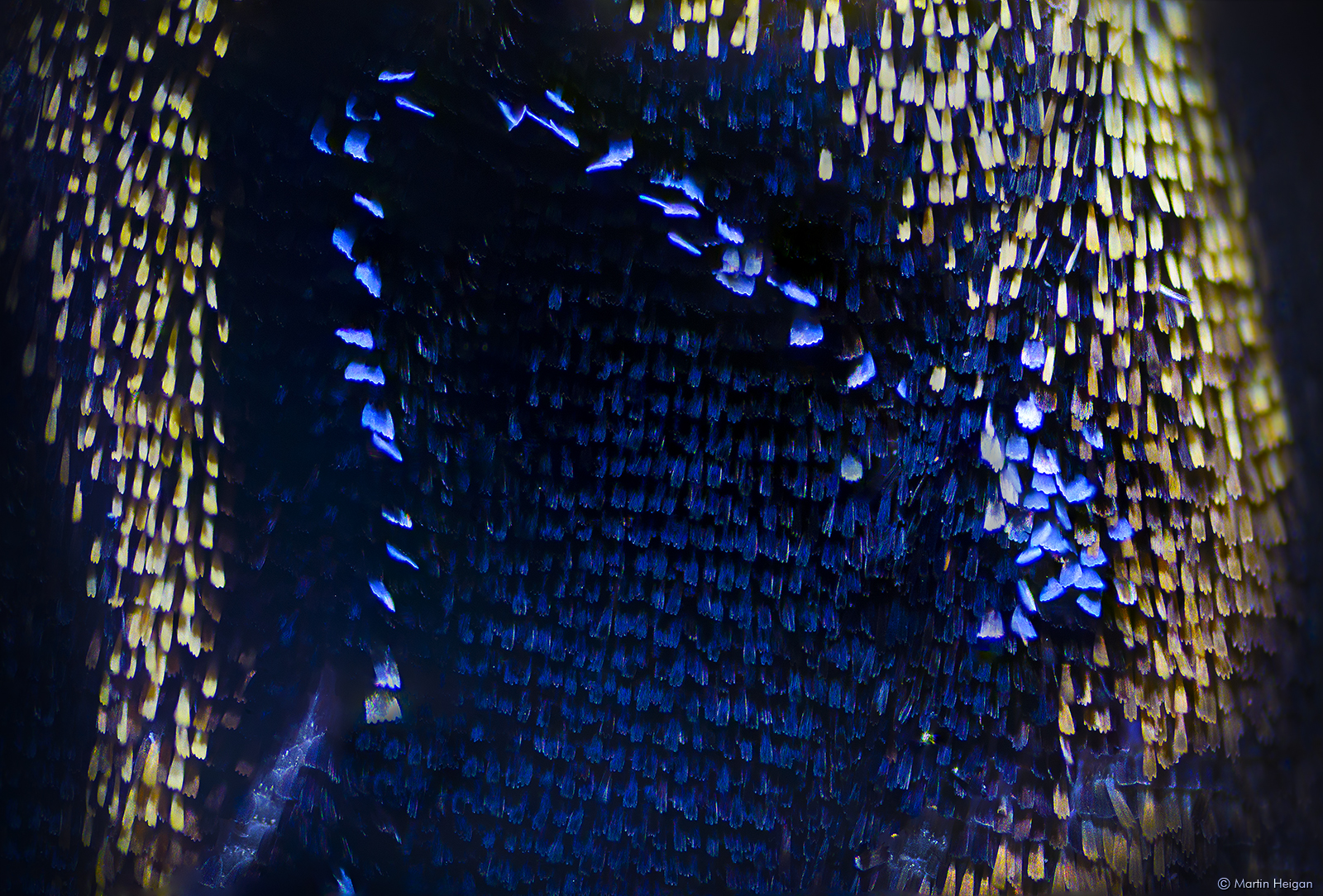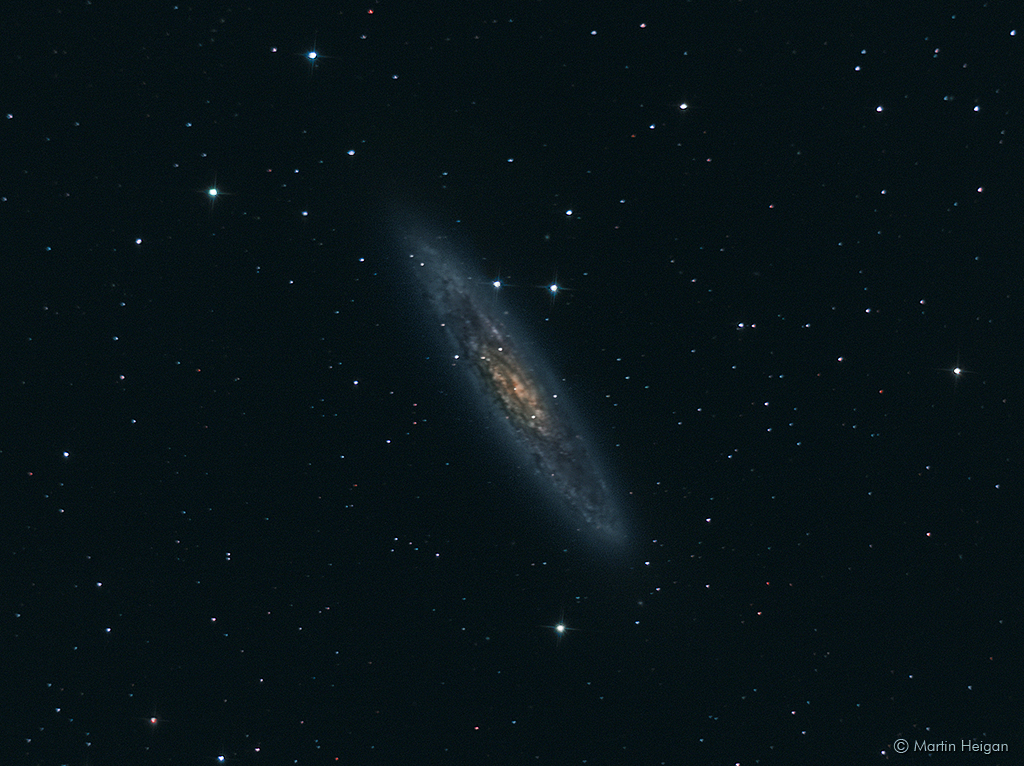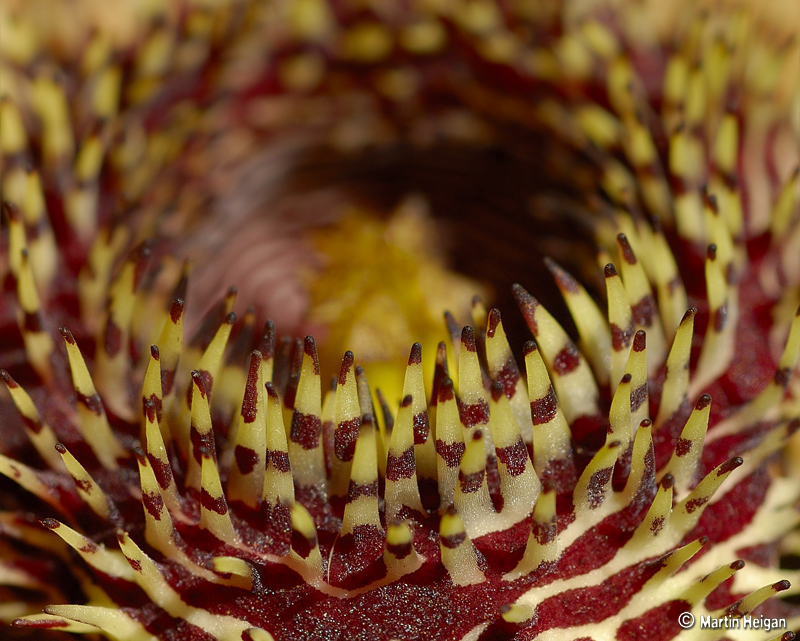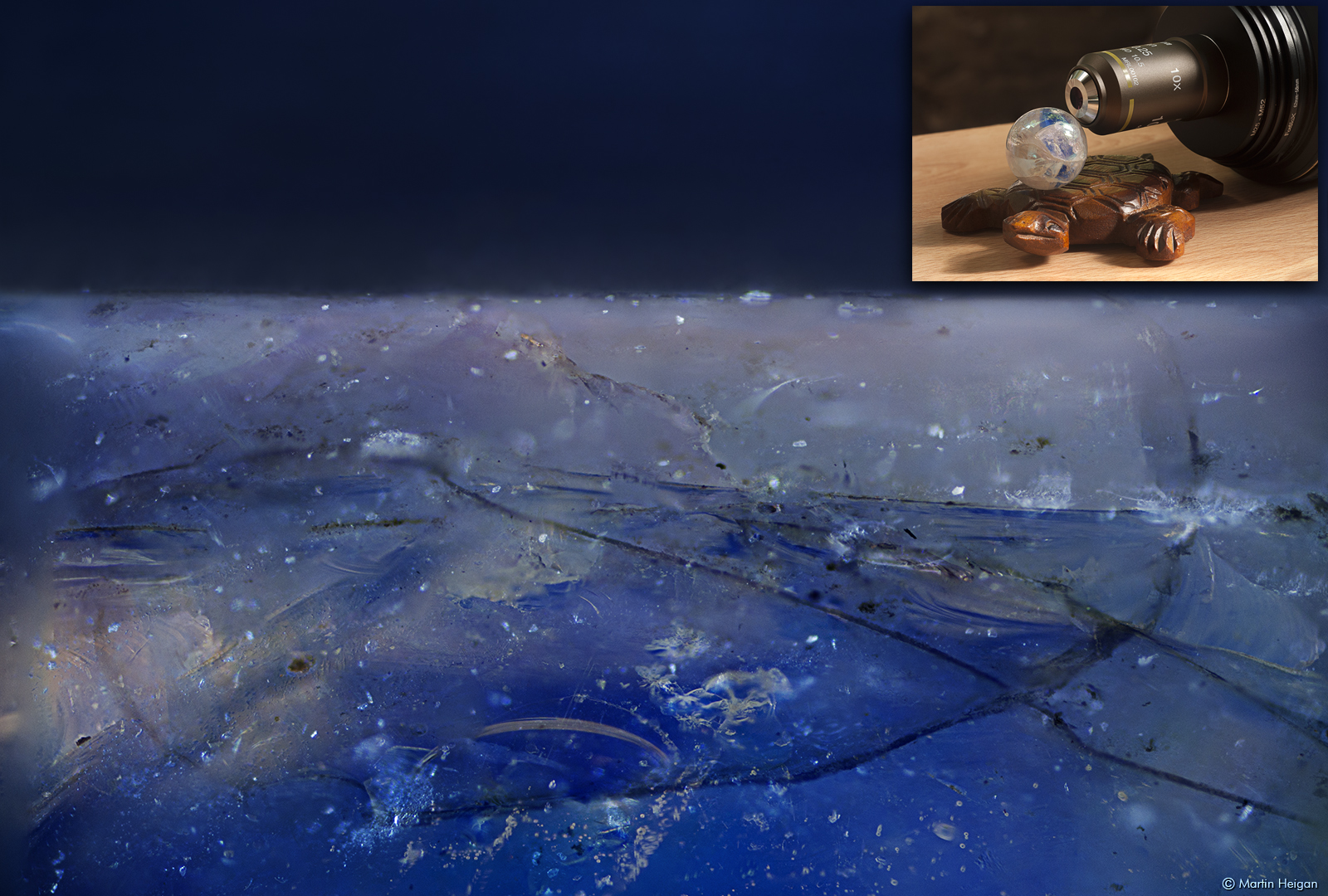
A “tongue in cheek” close-up Photomicrography view of a marble, where I illustrate that when you look at a spherical object close enough, it seems to be flat. If one subscribes to “Flat Earth Theory”, it would mean that this photo proves that the Marble is flat!
How Eratosthenes calculated that the Earth was round in the 3rd Century BC already. Clip from Cosmos – Carl Sagan. https://youtu.be/G8cbIWMv0rI
Just for the record, I never believed that the Earth is flat. A lifetime of careful observation of the known Universe, and the basic laws of Physics disproves these claims. This simple experiment is aimed at getting people to think for themselves and draw their own conclusions, by observing the world around them.
View my Astrophotography Gallery, with some of my Astronomical observations on my journey of self-study and Lifelong learning.
Why is the marble on a turtle’s back?
A short excerpt from: “A Brief History of Time” – “A well-known scientist (some say it was Bertrand Russell) once gave a public lecture on astronomy. He described how the earth orbits around the sun and how the sun, in turn, orbits around the center of a vast collection of stars called our galaxy. At the end of the lecture, a little old lady at the back of the room got up and said: “What you have told us is rubbish. The world is really a flat plate supported on the back of a giant tortoise.” The scientist gave a superior smile before replying, “What is the tortoise standing on?” “You’re very clever, young man, very clever,” said the old lady. “But it’s turtles all the way down!” ― Stephen Hawking.
Earth’s Line of Sight Curvature Calculations:
The Earth has a radius of approximately 3965 miles. Using the Pythagorean theorem, that calculates to an average curvature of 7.98 inches per mile or approximately 8 inches per mile (squared). http://www.davidsenesac.com/Information/line_of_sight.html
About this image:
The image consists of 24 x Focus Stacked photos, as the Depth of Field is very shallow when one photographs through a Microscope Objective Lens.
HD Live-Feed of Earth from the ISS: http://www.youtube.com/watch?v=RtU_mdL2vBM
Conclusion:
Richard Feynman’s famous conclusion to his report on the shuttle Challenger accident sums it up. “Reality must take precedence over public relations, for <b>Nature cannot be fooled</b>.” – Richard P. Feynman.
Martin Heigan
–
https://www.flickr.com/photos/martin_heigan
